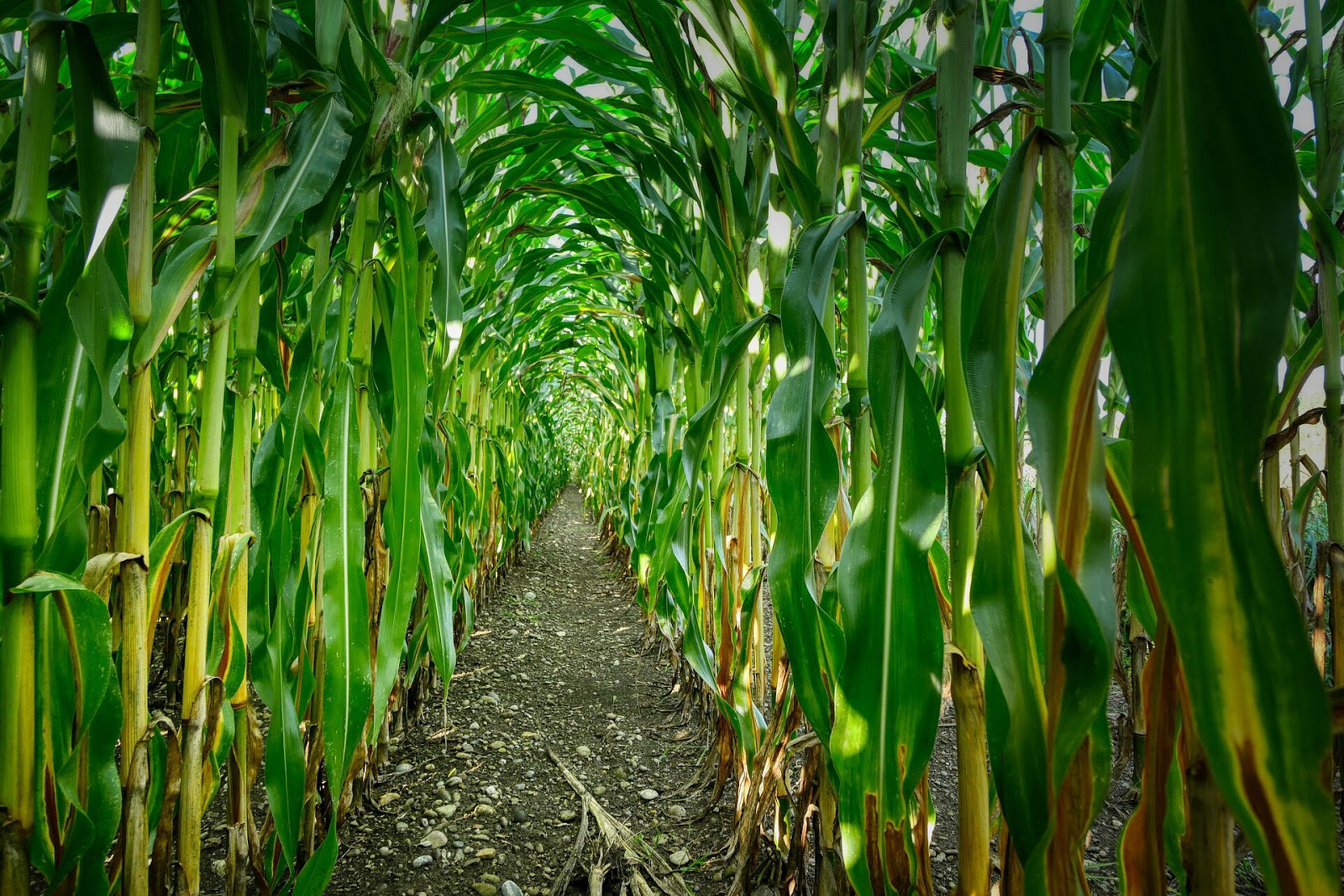Maize is one of the most widely consumed staple food from across the world. It can be process into varieties of things such as Pop Corn, Cornflakes etcetera and can also be processed into feed for livestock.
Maize is a monocot plant (that is, it has one seed leave), with fibrous root system and grows up to about 3 meters tall. It is highly nutritive thus contribute immensely to the diet of both man and animals.
In this article we are going to be focusing on the processes involved in the cultivation/growing of maize.
These processes are divided into three(3) operations which are:
Pre planting operation
In growing maize there are some activities you do before actually sowing the seeds. These activities are:
- Ploughing:
- This has to do with the mechanical manipulation of the soil with the use tractors or in some cases animals such as cows are used with a plough been attached to them. Ploughing is very important as it helps turn the soil and expose some harmful micro organisms which may affect the crops to direct sunlight.
- Harrowing:
- Harrowing helps to further break down the soil into smaller particles to aid easy movement of the maize root and easy absorption of soil nutrients.
- Ridging:
- In growing maize, ridging is mostly optional especially when it is grown commercially and as a mono-crop.
- Other Point To Note:
- While the above listed activities are pre-planting operations needed to ensure adequate production of maize it should be noted that they are mostly carried out in a commercial setting and I will advice you stay through to this blog because we will be updating an article on subsistence maize production soon.
Planting Operations
Just after the pre-planting operations, the next is the planting operation. This is the actual sowing of the crops using a planter which is attached to the tractor or manually with the use of man power.
In planting, 1 to 3 seeds is the ideal seed rate per hole.
Maize are to be planted at about 75cm between rows and 25cm between column or ridges. Planting holes should be about 5cm deep. It is very important for you to ensure adequate planting space to avoid over crowding which may hinder crop yield.
Post Planting
Post planting operations are very essential as they ensure adequate yield. If post planting operations are ignored then it is as good as not planting at all.
The following are some of the most essential post-planting operations that you may likely carry out in your maize farm:
- Thinning and Supplying:
- While planting there may be some instances where more than the required seeds are unintentionally planted in a hole, this is where thinning comes in. Thinning is the removal of excess plants from a stand. It is necessary to ensure that there is avoidance of over crowding.
Supplying on the other hand is the replacement of some seeds that failed to germinate. It should be done at about 3 to 4 days after all the seeds are presume to have been germinated. Supplying is also very necessary as it ensures that the expected plant population is met.
- Weeding:
- It is the removal of unwanted plants (such as grasses or other crops like groundnut, wheat etcetera which are not needed in the maize farm) from the farm. It should be done at a regular interval or maybe once or twice before harvest or maybe not at all for some maize varieties which matures early.
For more on Agriculture or Agric. Related stories then do ensure that you subscribe to our newsletter by clicking on the subscribe button above or follow us on Facebook.


Comments
Post a Comment